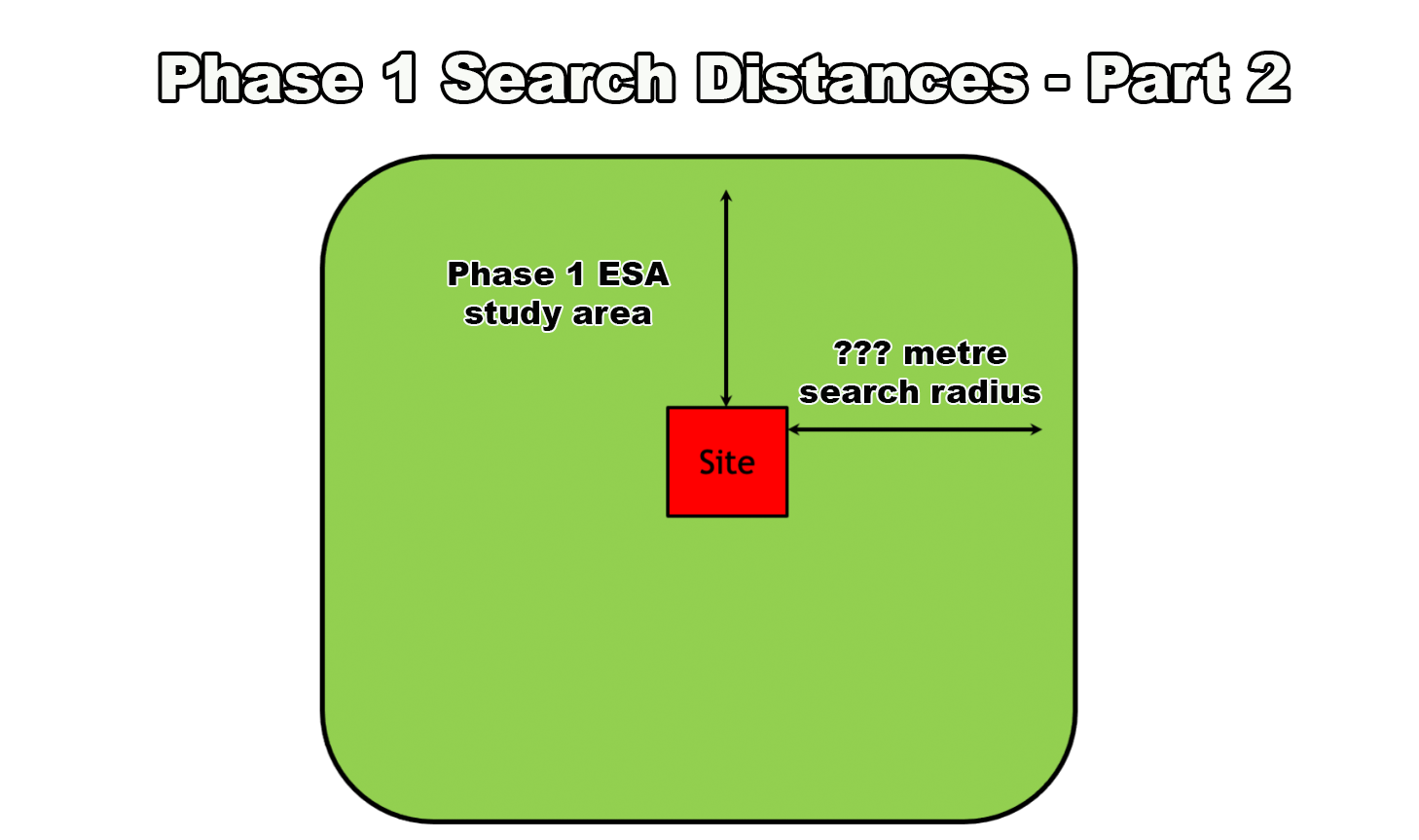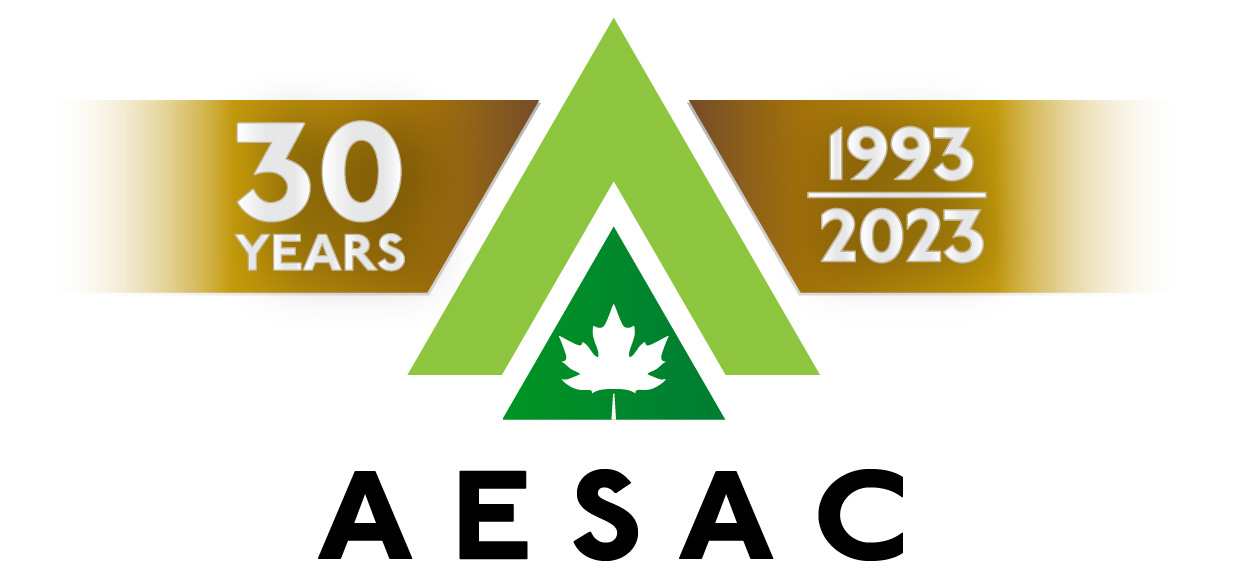- Home
- Training Courses
- Membership
- About Us
- Instructors Blog
- December 2023: All I Want For Christmas
- November 2023: ESA Report Reviews
- October 2023: Can AI Write an ESA Report?
- September 2023: Getting Paid... or Not
- August 2023: Take Me Back...
- July 2023: To Bid or Not To Bid
- June 2023: Selecting a Supplier
- April 2023: Phase 1 Problems, Part 3
- March 2023: Phase 1 Problems, Part 2
- February 2023: Phase 1 Problems, Part 1
- January 2023: Working Outside in Winter
- 2022 Blogs
- 2021 Blogs
- December 2021: Asbestos in your Home
- Sept 2021: Dirty Jars And Other Bad Things… Part 2
- August 2021: Dirty Jars And Other Bad Things… Part 1
- July 2021: How do you want that drawing to look? Part 2
- June 2021: How Did You Want That Drawing To Look? Part 1
- April 2021: So You Need a RSC... Part 2
- March 2021: So You Need a RSC... Part 1
- February 2021: What's In Your Toolbox? Part 2
- January 2021: What's In Your Toolbox? Part 1
- 2020 Blogs
- December 2020: A Day in the Life, Part 2
- November 2020: A Day in the Life, Part 1
- October 2020: Exploring Your Career Path
- September 2020: So You Want To Start Your Own Business - Part 2
- August 2020- So You Want to Start Your Own Business
- June 2020: Effective Communication
- May 2020: Tips For Working From Home
- April 2020: Conducting ESA’s During a Pandemic
- March 2020: It's Not Easy Being Green
- February 2020: Looking Ahead; Bold Predictions for the Next Decade
- January 2020: Looking Back; A Decade in Review
- 2019 Blogs
- 2018 Blogs
- 2017 Blogs
- 2016 Blogs
- 2015 Blogs
- Find an AESAC Member
Menu- Home
- Training Courses
- » Training Courses
- » Webinar Series
- » Calendar of Events
- » Course Registration
- » Course Instructors
- » Testimonials
- Membership
- » Become a Member
- » Certifications
- » Membership Search
- » Update Member Profile
- » Members Only
- » » Member Login
- » » Membership Renewal
- » » Create/Change Password
- » » CESA Certification Application
- About Us
- » About AESAC
- » Course Instructors
- » Contact Us
- Instructors Blog
- » December 2023: All I Want For Christmas
- » November 2023: ESA Report Reviews
- » October 2023: Can AI Write an ESA Report?
- » September 2023: Getting Paid... or Not
- » August 2023: Take Me Back...
- » July 2023: To Bid or Not To Bid
- » June 2023: Selecting a Supplier
- » April 2023: Phase 1 Problems, Part 3
- » March 2023: Phase 1 Problems, Part 2
- » February 2023: Phase 1 Problems, Part 1
- » January 2023: Working Outside in Winter
- » 2022 Blogs
- » » December 2022: Advice To My Younger Self
- » » October 2022: Pre-Purchase Due Diligence
- » » Sept 2022: Words Matter
- » » July 2022: Let Us Come To You
- » » April 2022: Due Diligence
- » » March 2022: Time Management
- » » February 2022: Spinning Augers... Part 2
- » » January 2022: Spinning Augers... Part 1
- » 2021 Blogs
- » » December 2021: Asbestos in your Home
- » » Sept 2021: Dirty Jars And Other Bad Things… Part 2
- » » August 2021: Dirty Jars And Other Bad Things… Part 1
- » » July 2021: How do you want that drawing to look? Part 2
- » » June 2021: How Did You Want That Drawing To Look? Part 1
- » » April 2021: So You Need a RSC... Part 2
- » » March 2021: So You Need a RSC... Part 1
- » » February 2021: What's In Your Toolbox? Part 2
- » » January 2021: What's In Your Toolbox? Part 1
- » 2020 Blogs
- » » December 2020: A Day in the Life, Part 2
- » » November 2020: A Day in the Life, Part 1
- » » October 2020: Exploring Your Career Path
- » » September 2020: So You Want To Start Your Own Business - Part 2
- » » August 2020- So You Want to Start Your Own Business
- » » June 2020: Effective Communication
- » » May 2020: Tips For Working From Home
- » » April 2020: Conducting ESA’s During a Pandemic
- » » March 2020: It's Not Easy Being Green
- » » February 2020: Looking Ahead; Bold Predictions for the Next Decade
- » » January 2020: Looking Back; A Decade in Review
- » 2019 Blogs
- » » November 2019
- » » September 2019
- » » August 2019
- » » July 2019
- » » May 2019
- » » March 2019
- » » February 2019
- » » January 2019
- » 2018 Blogs
- » » November 2018
- » » October 2018
- » » September 2018
- » » August 2018
- » » July 2018
- » » June 2018
- » » May 2018
- » » March 2018
- » » February 2018
- » » January 2018
- » 2017 Blogs
- » » April 2017
- » » June 2017
- » » August 2017
- » » September 2017
- » » December 2017
- » 2016 Blogs
- » » October 2016
- » » September 2016
- » » August 2016
- » » July 2016
- » » June 2016
- » » March 2016
- » » January 2016
- » » December 2016
- » » November 2016
- » 2015 Blogs
- » » April 2015
- » » July 2015
- » » September 2015
- » » October 2015
- » » December 2015
- Find an AESAC Member
Last month I reviewed applicable search distances for completing the Records Review portion of a Phase I Environmental Site Assessment, and some of the common guidance documents and regulations covering this topic. This month, I want to dive deeper into the implications, real-world considerations and limitations of this aspect of the records review process. There are numerous factors which govern the selection, rationale and interpretation of records review and search distances.
Regulatory Requirements and ESA Jurisdiction
A qualified environmental professional needs to understand and comply with the specific requirements of the jurisdiction they are practising in. When an ESA report says it was completed in accordance with a specific regulation or standard, the consultant should do just that and follow the Standard or Regulation. This can result in specified search distances ranging from just the adjacent properties for some CSA-compliant reports, to 500m for BC Site Registry records, to a mile (1600m) for some ASTM-required records. Deviations from a Standard may be permissible, but a defensible rationale should be provided, and the report should state whether such deviations impact the reported findings and conclusions. In all cases the qualified professional should consider whether the specified search distances are sufficient to assess potential environmental concerns, or whether a larger Study Area is required.Purpose of the ESA and Stakeholder Requirements
Once the regulatory requirements are considered, and met where needed, other important considerations are the objectives of the ESA and the stakeholder(s) – which may not necessarily align. The assessor must consider the purpose for the ESA – is it for transactional due diligence? to meet a regulatory requirement for re-development? to address a regulatory order for investigation or remediation? All of these can factor in the selection of appropriate ESA format, which will in turn dictate the required search distances. One must also consider the needs of the various stakeholders, which could include property owners, vendors, purchasers, financial institutions, regulators, insurers, municipal agencies, realtors and even peer reviewers. A more concise CSA-compliant report with ‘shorter’ search distances may satisfy an existing owner seeking refinancing; however stakeholders involved in a transaction or redevelopment of a contaminated or complex property may require regulatory approval or acknowledgement – often requiring a more detailed, onerous and costly ESA format with a correspondingly larger and more complex Study Area. It is vital for the assessor to confirm all these unique requirements in advance of initiating the ESA.Site Condition and Environmental Setting
Apart from the regulatory and stakeholder requirements, site and area conditions play an important (and sometimes under-evaluated) part in selecting and justifying appropriate search distances. While the majority of environmental concerns are usually encountered at or in close proximity to the ESA property, to simply ignore potential environmental concerns “because they are beyond 100 m from the Site” – as I have seen some consultants do – can miss significant environmental issues. This does little to move the transaction forward and keep the client happy. As stated in most of the relevant regulations, the assessor must consider a number of other factors to determine and justify search distances. These factors can include but are not limited to:- Nature of the potential concern – the nature, and type of contaminant or contaminating activity and the potentially impacted media it is found in can vary greatly. For example, metals soil contamination related to a salvage yard is much less likely to mobilize from an adjacent property; than DNAPL solvents leaching into groundwater, which can migrate several kilometers from a source site.
- Site and area conditions such as local and regional gradient, topography and soil type are important factors in assessing contaminant migration. A small spill of gasoline from an above ground tank, onto low-permeability clay soils with deep, non-potable groundwater conditions; is generally much less of a concern than a large, ongoing leak of perchloroethylene from a dry-cleaning facility into high-permeability soils with a shallow groundwater aquifer that is used as a local drinking water source. Preferential pathways such as utility pipes and trenches, granular soil layers and other items such as groundwater pumping and control operations should also be considered when assessing search distances for sources and receptors.
- Experience, Expertise and Local Knowledge – there is no substitute for an experienced assessor, equipped with the expertise to assess and interpret potential contaminants and their fate and transport mechanisms. While some assessors may disregard almost all off-site concerns to provide a vendor and lender friendly report (not a good approach in my opinion); others may be overly conservative and identify every potential concern within 300 m as rationale to proceed with a Phase II investigation. Ideally, somewhere between these two extremes is preferable; using sound judgment, and common sense backed up by good science. In some cases, detailed understanding of the site and area history, local subsurface soil and groundwater conditions, and even knowledge of contaminated properties that are not evident or reported in public records can be helpful in determining appropriate search distances.
In all cases, these determinations should be made by a qualified, competent and experienced environmental professional; with full consideration of the applicable regulations, site conditions and client objectives. Greater search distances may reveal more potential concerns to assess, which may not be best for budget-driven consultants or stakeholders who view due diligence as an unnecessary burden, but when they are utilized in a rational manner they play an important part in conducting a comprehensive and defensible ESA report.
Bill Leedham, P. Geo., CESA
Bill is the Head Instructor and Course Developer for the Associated Environmental Site Assessors of Canada (www.aesac.ca); and the founder and President of Down 2 Earth Environmental Services Inc. You can contact Bill at info@down2earthenvironmental.ca
Training Courses
Membership
About Us
Contact UsCopyright (c) 2025 Associated Environmental Site Assessors of Canada; AESAC Inc.



